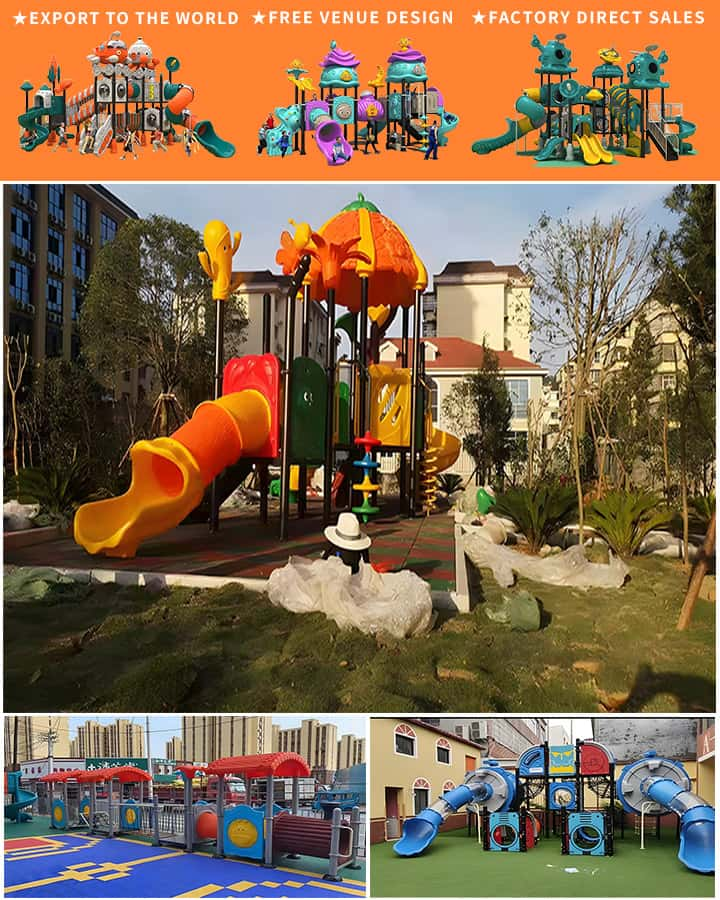In recent years, the importance of maintaining and upgrading school playground equipment has become increasingly recognized. Well-maintained playgrounds offer numerous benefits, including promoting physical activity, fostering social skills, and providing a safe environment for children to play. However, acquiring new or updated playground equipment can be costly for schools with limited budgets. This is where playground equipment grants come into play. Securing these grants can make a significant difference in enhancing playground facilities. In this article, we will explore a step-by-step guide on how to obtain school playground equipment grants effectively.
Understanding Playground Equipment Grants
Playground equipment grants are funds provided by various governmental bodies, non-profit organizations, and philanthropic foundations to help schools improve their playground facilities. These grants can cover a wide range of expenses, from purchasing new swings and slides to installing safety surfaces and inclusive play structures. Understanding the types of grants available and their specific eligibility criteria is the first step towards securing funding for your school’s playground.
Step 1: Research Available Grants
The initial phase involves thorough research to identify potential sources of grants. Some prominent grant providers include the National Recreation and Park Association (NRPA), the Department of Education, local government programs, and community foundations. Online databases such as Grants.gov can also be valuable resources in finding applicable grant opportunities. Pay close attention to the eligibility criteria, application deadlines, and required documentation for each grant.
Step 2: Assess Needs and Prioritize Projects

Before applying for any grant, conduct an assessment of your school’s playground to identify areas that require improvement. Gather input from students, teachers, parents, and playground supervisors to understand what equipment or upgrades are needed most. Create a list of prioritized projects and estimate the costs involved. Having a clear plan will not only streamline the application process but also demonstrate to grant providers that you have a well-thought-out proposal.
Step 3: Develop a Comprehensive Proposal
Grant applications often require detailed proposals outlining the project’s objectives, benefits, and implementation plans. Your proposal should clearly articulate why the playground equipment is necessary and how it aligns with educational goals. Include information on the selected equipment, its safety features, and how it will benefit students of all abilities. Additionally, provide a detailed budget, timeline, and maintenance plan to ensure the sustainability of the project.
Step 4: Build a Strong Application Team
Applying for grants can be complex, so consider forming a team to assist with the application process. This team may include administrators, teachers, PTA members, and even students. Collaborating with experienced grant writers or consultants can also increase your chances of success. Ensure all team members understand their roles and responsibilities and work together to gather all necessary documentation, such as letters of support, financial statements, and project plans.
Step 5: Submit a Persuasive Application
Crafting a persuasive application is crucial to stand out among other applicants. Tailor each application to the specific requirements of the grant provider. Highlight the unique aspects of your school’s playground project and emphasize the positive impact it will have on students’ physical health, social development, and overall well-being. Double-check all documents for accuracy and completeness before submission.
Step 6: Follow Up and Maintain Communication
After submitting your application, keep track of its status and follow up with the grant provider if necessary. Be prepared to provide additional information or attend interviews if requested. Maintaining open lines of communication demonstrates your commitment to the project and can build relationships with potential funders for future opportunities.
Conclusion
Securing school playground equipment grants requires diligent effort, strategic planning, and effective communication. By thoroughly researching available grants, assessing needs, developing comprehensive proposals, and building strong applications, schools can successfully obtain funding to enhance their playground facilities. Investing in quality playground equipment not only provides safe and engaging spaces for students but also supports their physical, social, and emotional development. With determination and perseverance, schools can unlock the resources they need to create vibrant and inclusive playgrounds for all.




